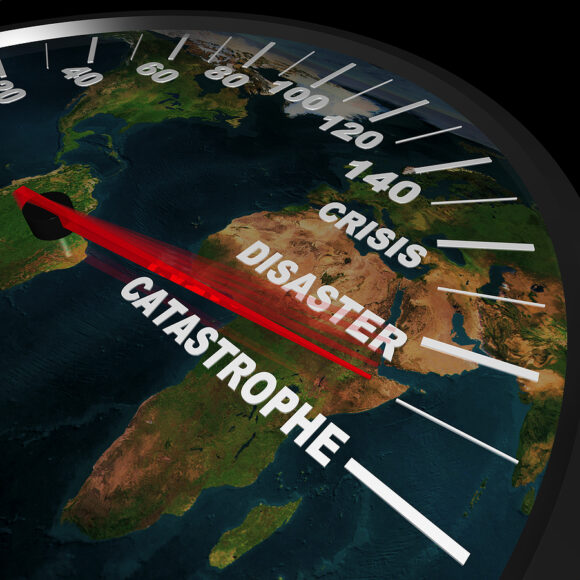The global insurance industry should be prepared for insured losses from natural catastrophes well in excess of $100 billion every year, according to the 2022 Global Modeled Catastrophe Losses Report from Verisk Extreme Event Solutions.
In fact, the latest analysis, which uses Verisk’s models released in June 2022 and a global suite of industry exposure data as of Dec. 31, 2021, reveals an average annual loss of $123 billion in 2022, a 16% increase from the $106 billion modeled AAL in 2021.
This number seems large compared to an average of $74 billion in actual losses over the past 10 years. However, Verisk noted that over the past five years (2017-2021), actual insured losses from natural catastrophes have averaged $100 billion, more than double the average of $47 billion over the previous five-year period (2012-2016).
Several factors have contributed to the recent increases in natural catastrophe losses:
- The rise in exposure values and replacement costs, represented both by continued construction in high-hazard areas and by high levels of inflation that are driving up repair costs. It’s important to note that a typical 5% increase in exposure value and repair costs per year would result in a more than 60% increase in losses over a 10-year period.
- The natural variability that comes from selecting any five-year sample of global disasters. Verisk said that severe thunderstorms have been responsible for a growing proportion of these losses over the past five years and now are the largest contributing peril to the AAL (36%).
- The effects of climate change. Perils such as floods, droughts, wildfire and sea-level rise (and therefore storm surge) are becoming more severe.
- The impacts of man-made loss drivers such as social inflation and legal/regulatory changes. Verisk attributes social inflation to a changing view of the social responsibility of large corporations, claims fraud and abuse of the assignment of benefits clause in some policies, among other factors.
Verisk’s models estimate a more than 40% chance of experiencing a five-year average loss of more than $100 billion, meaning the last five years should not be viewed as out of the ordinary. The models also show at least a 50% chance of experiencing a single year in the next decade with insured losses in excess of $200 billion.
“The most significant factor driving increased catastrophe losses over the past few years is the rise in exposure values and replacement costs,” said Bill Churney, president of Verisk Extreme Event Solutions. “Both are represented by continued construction in high-hazard areas as well as high levels of inflation that are driving up repair and rebuild costs. For this reason, it’s important for insurers to regularly reassess their exposures, particularly in the most vulnerable urban and coastal areas. Updating the property replacement values used in catastrophe modeling and other processes helps to ensure a more informed view of risk.”
Source: Verisk
Topics Carriers Profit Loss
Was this article valuable?
Here are more articles you may enjoy.



 Supreme Court Makes It Easier to Sue for Job Discrimination
Supreme Court Makes It Easier to Sue for Job Discrimination  Zuckerberg Avoids Personal Liability in Meta Addiction Suits
Zuckerberg Avoids Personal Liability in Meta Addiction Suits  Cargo Owners in Baltimore Disaster Face ‘General Average’ Loss Sharing, MSC Says
Cargo Owners in Baltimore Disaster Face ‘General Average’ Loss Sharing, MSC Says  California Chiropractor Sentenced to 54 Years for $150M Workers’ Comp Scheme
California Chiropractor Sentenced to 54 Years for $150M Workers’ Comp Scheme 

